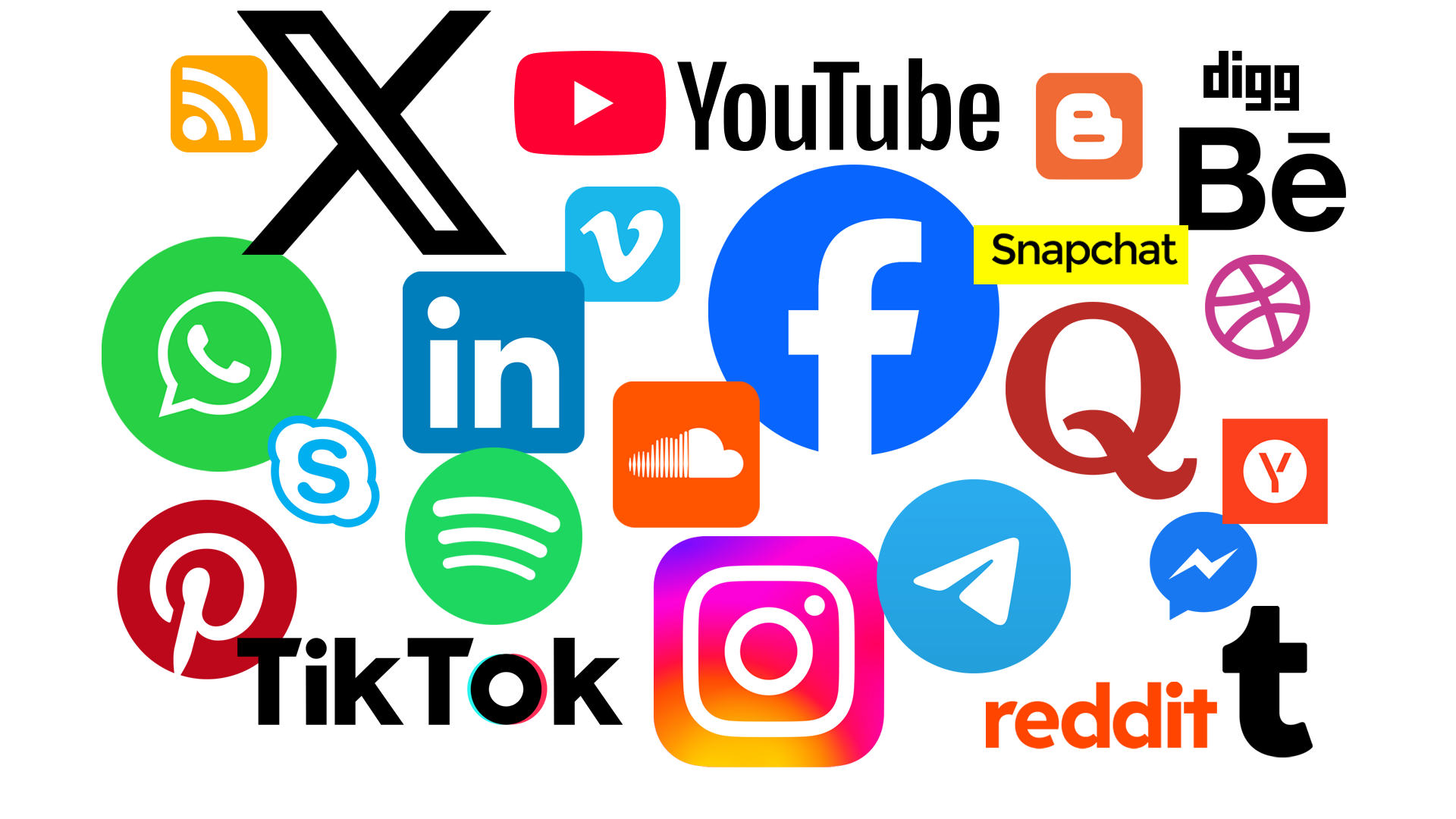In the past decade, the term “wellness” has evolved from a niche lifestyle concept to a global industry worth billions of dollars — and at the heart of this transformation are wellness influencers. These individuals dominate social media platforms with fitness routines, skincare rituals, mindfulness tips, and plant-based recipes, presenting wellness as both an attainable and aspirational goal. However, as wellness culture grows, so does the question: has this movement remained a genuine pursuit of health and balance, or has it turned into a carefully marketed commercial enterprise? The rise of wellness influencers reflects the tension between authentic self-care and the commodification of well-being in the digital era.
The Birth of the Wellness Influencer Movement
The modern wellness influencer emerged in the early 2010s, coinciding with social media’s rapid expansion and a global shift toward self-improvement. Initially, influencers filled a gap left by traditional health institutions, offering relatable advice on mental health, fitness, and nutrition. Their personal storytelling and transparency made wellness seem accessible to everyday audiences. Influencers such as yoga instructors, nutritionists, or fitness trainers began sharing their journeys online, creating communities that encouraged people to eat better, exercise regularly, and adopt mindful living practices. What started as a culture of empowerment soon evolved into a professionalized industry, driven by algorithms, sponsorships, and brand partnerships.
The Cultural Appeal of Digital Wellness
Wellness influencers resonate because they humanize health. They speak directly to audiences, share personal challenges, and promote lifestyle changes rooted in experience rather than authority. The cultural appeal lies in their authenticity — followers feel they are learning from peers rather than distant experts. Moreover, wellness influencers have helped destigmatize conversations around mental health, self-care, and body image. Through hashtags like #SelfLove and #MindfulLiving, they inspire millions to prioritize emotional and physical well-being. This digital democratization of health advice has allowed people to discover mindfulness, yoga, and holistic healing practices once confined to specific cultures or socioeconomic groups.
Commercialization: When Wellness Becomes a Brand
As the popularity of wellness content grew, corporations and advertisers quickly recognized its marketing potential. Wellness influencers began collaborating with brands to sell supplements, skincare, fitness equipment, and detox teas — turning self-care into a global commodity. What was once about balance and self-awareness gradually shifted toward consumption and appearance. The influencer market now drives billions of dollars annually, with many creators functioning more like brand ambassadors than independent voices. The aesthetic of wellness — minimalism, clean eating, glowing skin — became a visual product in itself, often overshadowing genuine health practices.
Table: Comparing Cultural Wellness vs. Commercialized Wellness
| Aspect | Cultural Wellness Movement | Commercialized Wellness Industry |
|---|---|---|
| Core Focus | Balance, mindfulness, community well-being | Product sales, brand visibility |
| Motivation | Authentic self-care and healing | Profit-driven content creation |
| Representation | Diverse, inclusive, holistic | Often idealized or exclusive |
| Accessibility | Encourages low-cost, natural habits | Relies on consumer spending |
| Outcome | Long-term well-being | Short-term lifestyle trends |
The Psychology Behind the Influence
The success of wellness influencers is rooted in psychology — specifically, the need for social validation and relatable role models. People are more likely to adopt habits modeled by those they admire or identify with. Algorithms amplify this by showing users more of the content they engage with, creating echo chambers around certain wellness ideologies. This dynamic fosters both positive habit formation and unhealthy comparison culture. While influencers can motivate individuals to start yoga, eat healthier, or meditate, they can also unintentionally promote unrealistic standards of beauty, fitness, and happiness.
The Positive Side of Digital Wellness Culture
Despite growing commercialization, wellness influencers have also made significant contributions to global health awareness. They have popularized holistic practices such as breathwork, mindfulness, and clean eating, encouraging millions to take better care of themselves. Many use their platforms to advocate for mental health, body positivity, and inclusivity — expanding the definition of what wellness means. Additionally, collaborations between medical professionals and influencers have begun bridging the gap between traditional healthcare and modern lifestyle medicine, making health information more accessible and engaging.
Ethical Challenges and Consumer Responsibility
The wellness industry’s profitability raises ethical questions about transparency and authenticity. Some influencers promote products without scientific backing, while others exaggerate results to boost engagement. Misinformation about “miracle” supplements or detox diets can pose real health risks. Consumers must therefore adopt a critical mindset — verifying claims, checking credentials, and prioritizing evidence-based advice. Regulatory bodies in several countries now require influencers to disclose paid promotions and maintain honesty in health-related endorsements, a step toward protecting consumers from deceptive marketing.
Cultural Reinterpretation: Blending Tradition with Trend
Many influencers reinterpret ancient wellness practices — such as Ayurveda, Traditional Chinese Medicine, and meditation — through modern, market-friendly lenses. While this introduces traditional wisdom to new audiences, it also risks cultural appropriation when stripped of context or authenticity. For example, yoga has transformed from a spiritual discipline into a global fitness trend, often disconnected from its philosophical roots. This blending of tradition and modernity highlights both the global appeal of ancient practices and the commercialization that can dilute their meaning.
The Future of the Wellness Influencer Economy
As digital audiences become more informed, the future of wellness influencing will likely emphasize transparency, inclusivity, and evidence-based content. Micro-influencers — individuals with smaller but more engaged communities — are gaining traction for their authenticity and expertise. Brands are shifting toward long-term partnerships that promote genuine well-being instead of superficial trends. Moreover, new technologies such as wearable health trackers, personalized nutrition apps, and AI-driven mental wellness platforms will reshape how influencers guide audiences. The challenge will be to ensure that wellness remains a culture of empowerment rather than a marketing strategy.
FAQs
1. Why have wellness influencers become so popular globally?
Because they make health and self-care relatable. Their personal stories and interactive content bridge the gap between expert advice and everyday life, inspiring audiences to pursue balance and mindfulness.
2. How has commercialization affected the wellness movement?
Commercialization has expanded the wellness industry but often shifts the focus from inner health to external aesthetics and consumerism, making wellness more about appearance than authenticity.
3. What defines a responsible wellness influencer?
A responsible wellness influencer promotes evidence-based information, discloses sponsorships, respects cultural origins of practices, and prioritizes genuine health outcomes over profit or popularity.



